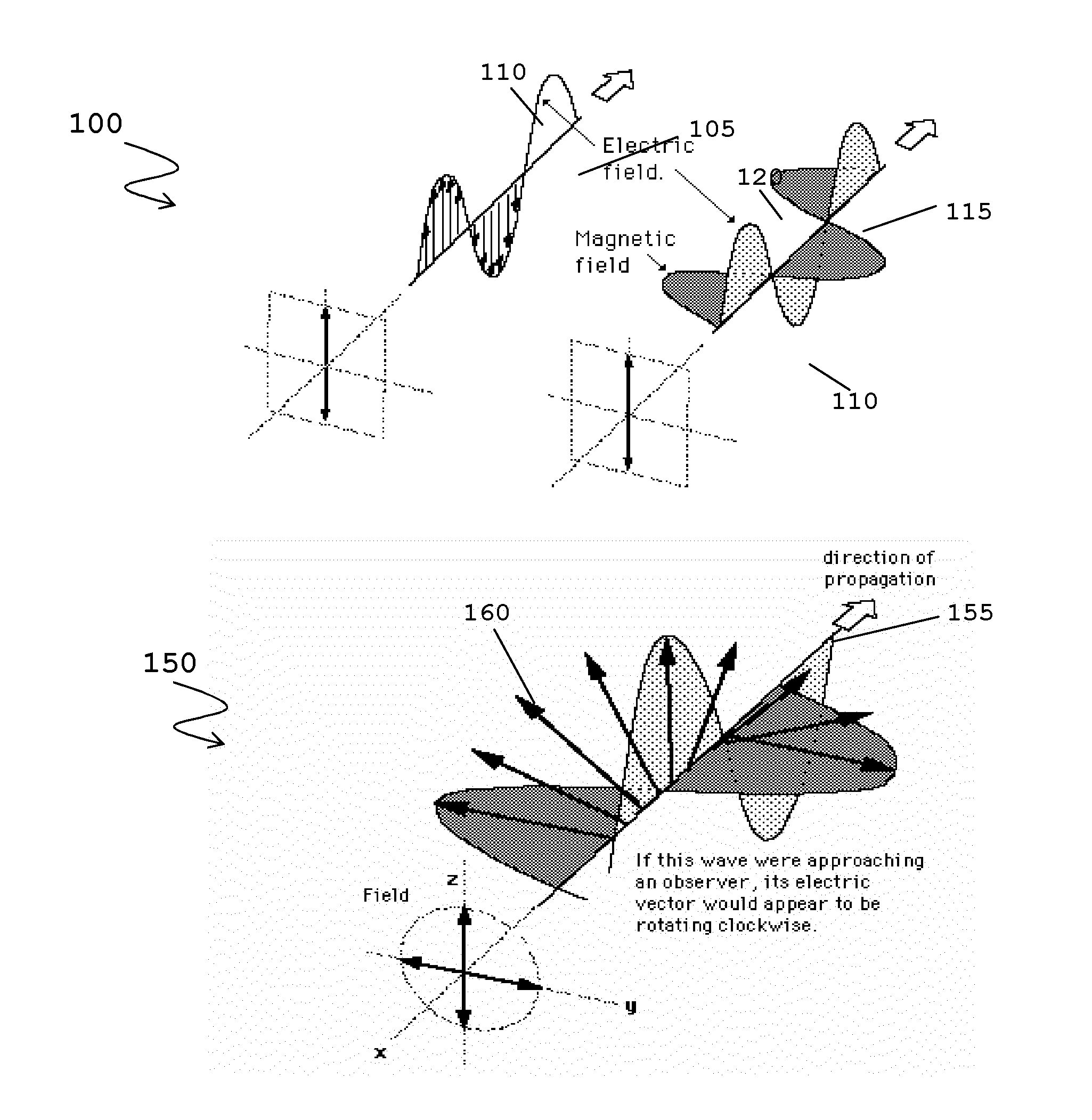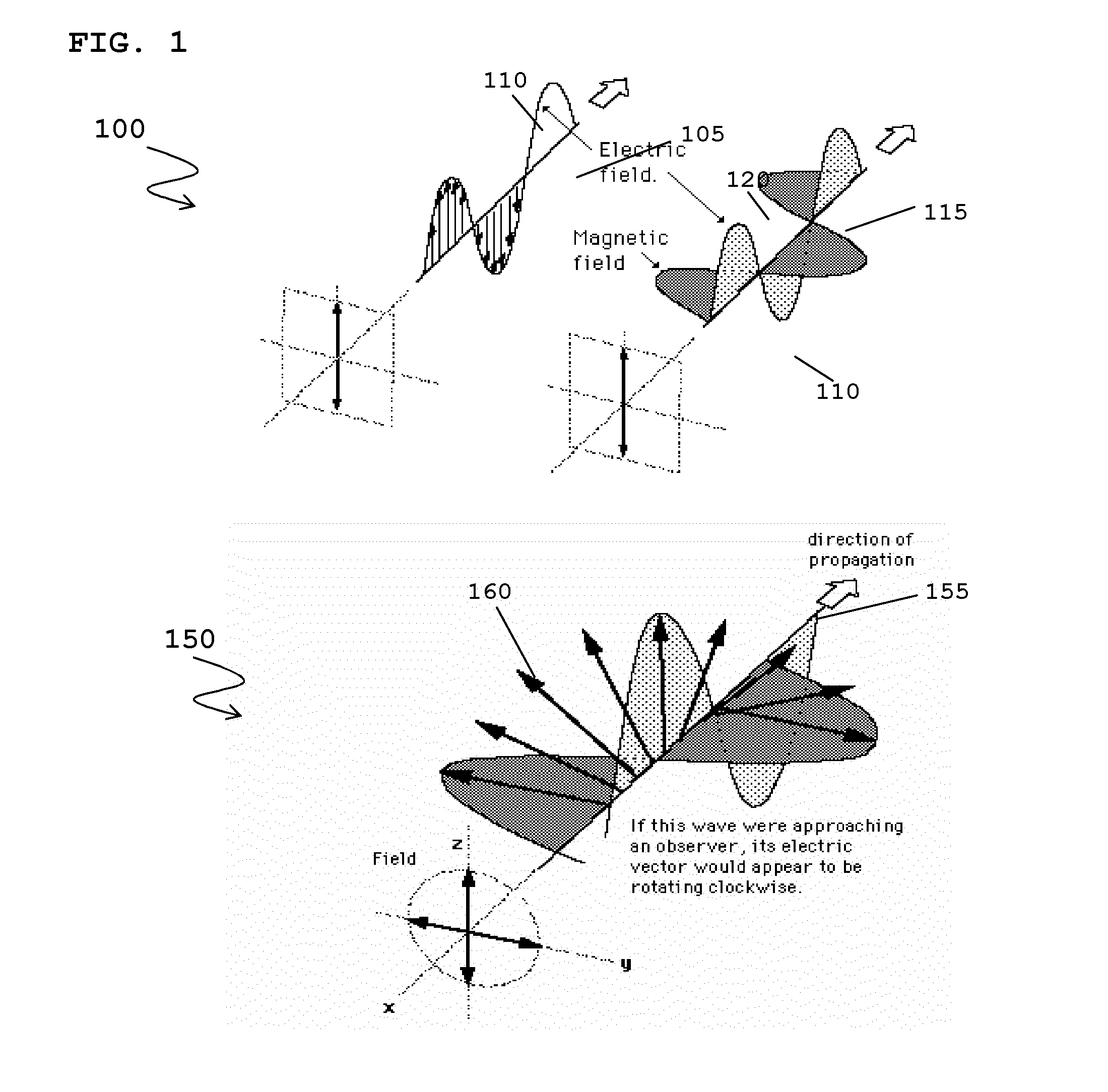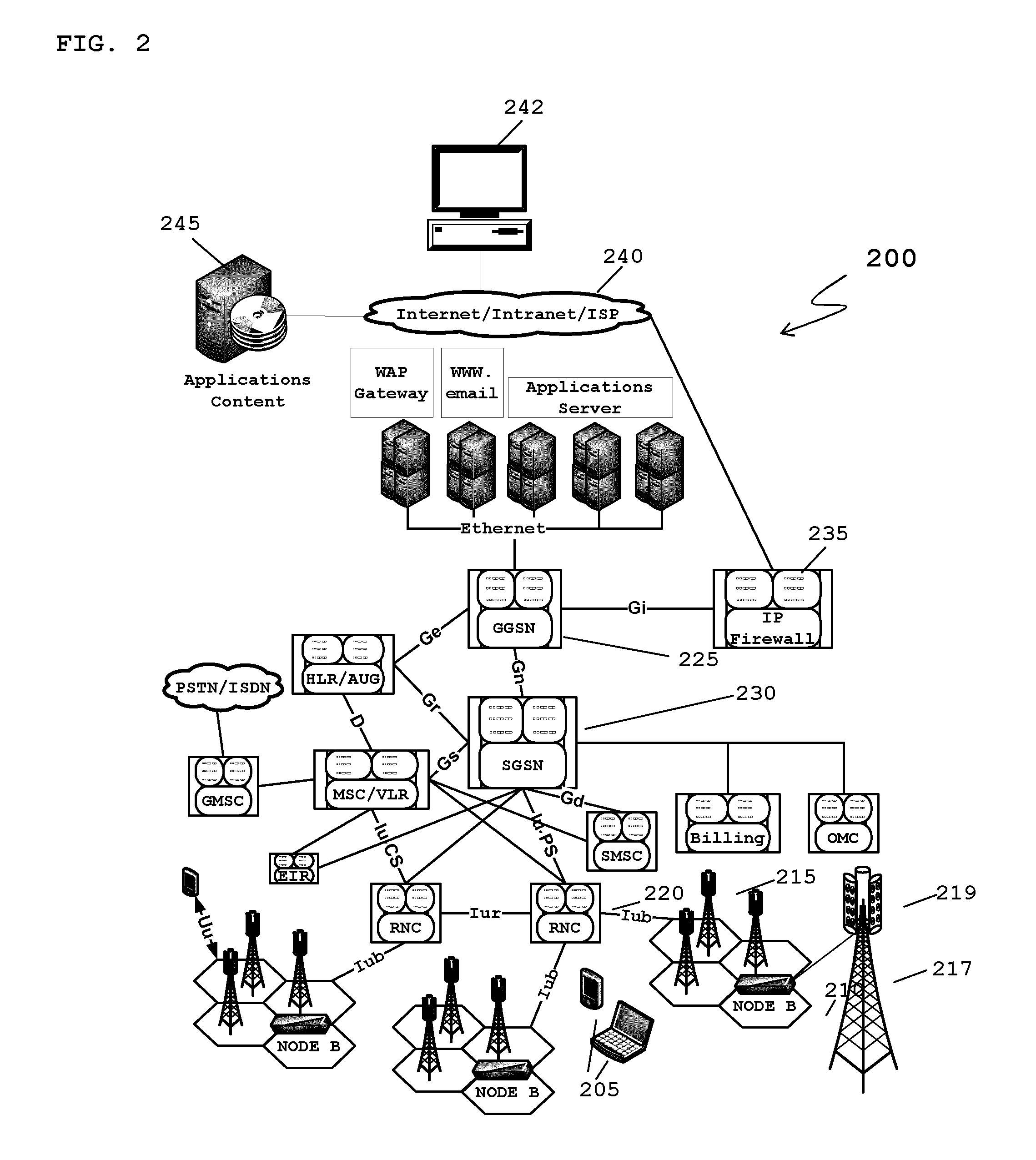MIMO antenna calibration device, integrated circuit and method for compensating phase mismatch
a technology of phase mismatch and antenna calibration, which is applied in the direction of polarisation/directional diversity, transmission, synchronous/start-stop systems, etc., can solve the problems of insufficient space for extra antennas, many sites are crowded, and the capacity and coverage of many sites are difficult to achieve, so as to reduce the number of sites and eliminate the problem of one or more.
- Summary
- Abstract
- Description
- Claims
- Application Information
AI Technical Summary
Benefits of technology
Problems solved by technology
Method used
Image
Examples
Embodiment Construction
[0059]In the described examples, a reference to a native polarisation of an antenna encompasses the polarisation of a signal processed by one antenna element acting independently of at least one other antenna element. In the XPOL (cross polarisation) example cited heretofore the native polarisation would be LP (linear Polarised) +45° and LP −45°. Independent signals processed by these antenna elements will undergo no polarisation transformation. When a modified version of the same signal is processed concurrently in antenna elements of both polarisations, and through combining forms a different polarisation type, then this is referred to as non-native.
[0060]The term ‘MIMO’, as defined herein, encompasses a multiple input multiple output communications system where at least two spatially or polarization diverse antennas for both receive and transmit are used on at least one end of a communications link.
[0061]It is well known that the cable feed between an antenna array and a NodeB wi...
PUM
 Login to View More
Login to View More Abstract
Description
Claims
Application Information
 Login to View More
Login to View More - R&D
- Intellectual Property
- Life Sciences
- Materials
- Tech Scout
- Unparalleled Data Quality
- Higher Quality Content
- 60% Fewer Hallucinations
Browse by: Latest US Patents, China's latest patents, Technical Efficacy Thesaurus, Application Domain, Technology Topic, Popular Technical Reports.
© 2025 PatSnap. All rights reserved.Legal|Privacy policy|Modern Slavery Act Transparency Statement|Sitemap|About US| Contact US: help@patsnap.com



